Wrens – Tiny Birds with Huge Voices
The Wren is one of Britain’s smallest garden visitors, measuring around 9cm (3.5 inches) in length, weighing just 9g (0.3 ounces) and with a wingspan of around 15cm (6 inches). It has a rotund shape, described by some as dumpy, but that doesn’t stop this quaint little bird being one of the most enchanting to watch.
It is also one of the birds we get asked about most often. Whereas the majority of people know about and can readily identify a Robin, Blue Tit, or Sparrow, they’re less confident about Wrens in terms of behaviour, when, where and how to see them, and what food to put out.
Part of this is because Wrens are incredibly shy birds and will often fly off before people see them, or hide deep in undergrowth so they go unnoticed.
But seeking them out is worth the effort as they are such captivating little birds. So, to help you do that, we decided to answer these questions and others in this blog post.
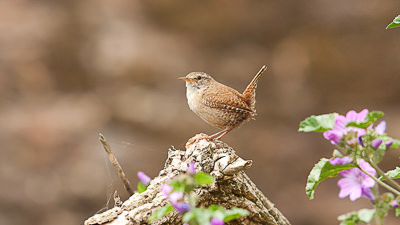
What do Wrens Look Like?
So, we know Wrens are tiny and we know they have a rotund appearance, but how else can you identify them? What distinguishing marks do they have?
Well, the answer is not too much. Wrens are predominantly brown with little in the way of colourful plumage except for pale yellow eyebrows and flecks of darker brown and black on their upperparts. The underparts of the bird are lighter brown and are flecked with grey.
Males and females tend to look alike, but juveniles are redder than the adults in appearance with darker underparts with dark brown streaks.
Wrens tend to have short, rounded wings, a fine bill, and relatively long legs compared to their size. They also have a short narrow tail which they often carry cocked up vertically and along with size, this is one of their most distinguishing features. Be careful not to confuse them with a Tree Sparrow though, which do the same, although the Wren’s diminutive size is a giveaway.
One thing that also distinguishes Wrens as well, is that they have a big voice for such a small bird and often, Wrens are heard but not seen. In fact, the closely related Pacific Wren – the UK Wren’s North American cousin – is said to have a decibel-to-body-size ratio 10 times that of a crowing rooster. This essentially means if the two birds were the same size, the Wren would be ten times louder!*
UK Wrens’ songs consist of long, melodious, soaring phrases that are made up of 12 – 16 recognisable trills and whistles, and due to their volume, often can be heard above those of other birds in the dawn chorus. If you’re lucky enough to catch sight of a Wren singing, you might be amazed that such a big sound came from such a small bird.
To find out just what a Wren’s song sounds like, go to our Spotter’s Guide.
Where do Wrens Nest?
Wrens are what is described as secondary cavity nesters. This means they build their nests in natural holes and hollows rather than in trees, hedges, or shrubs like other birds. They will also take over other birds’ nests too and adapt them to their own requirements.
It is because they usually nest in cavities that they have the Latin name Troglodytes, which translates as cave dweller.
They nest in a variety of habitats including woodland, heath, farmland, and in rural, suburban, and even urban gardens. In fact, despite being very shy, they readily co-exist alongside people with little problem.
What do Wren Nests Look Like?
Building nests are a joint enterprise with the male Wrens putting together the dome-shaped outer structure and the females making it comfortable by lining it with moss, lichen, leaves, feathers, and other material.
Often, the male will build multiple nests on his territory which will all be occupied by females as the species is polygamous, which means the male mates with more than one female in a breeding season.
Because Wrens are cavity nesters, it means they are naturally attracted to nest boxes. Nest boxes with an open front, such as our Robin Nest Box, mimic a natural cavity well, as well as protecting the occupants from inclement weather and predators, so if you want to attract Wrens to your garden, consider some open fronted nest boxes.
Check out our range of handmade nest boxes here.
Wren Behaviour
Wren behaviour is characterised by near constant movement. They can often be seen darting about trees, hedgerows and shrubs, or on the ground, wings a-blur, searching for food.
In the UK, they are not migratory, although in some areas of Europe, Wrens do migrate.
In the winter, male Wrens defend a territory to ensure they have sufficient food to see them through the colder months. To let other males know he is the territory owner, he sings loudly and will defend his territory robustly if challenged.
However, despite this, they have also been known to form communal winter roosts, where several birds roost together to reduce heat loss during the coldest nights.
Roosts tend to include a small number of birds, but there have been examples of dozens cosying up together, with the record standing at 61 which was recorded in Norfolk in 1969.
Outside of the breeding season, Wrens live alone but pair up once breeding gets underway for short periods while the males mate with all the females in his territory.
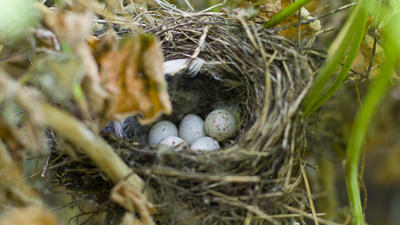
Wrens breed between April and June and usually have two broods of five to six eggs. As they are polygamous, the male will breed with several females in a breeding season, and usually all of those have young.
Incubation it typically between 16 and 18 days and fledglings leave the nest between 15 and 18 days after hatching. Both parents feed the chicks making for a very busy male if he has successfully bred with a number of females.
What do Wrens Eat?
Insects and spiders make up the bulk of a Wren’s diet and they can often be observed foraging for them on the ground. Their small size enables them get into tight places that other birds might not be able to, to search for a meal, such as underneath bark on decaying wood on the forest floor, or probing into plant roots.
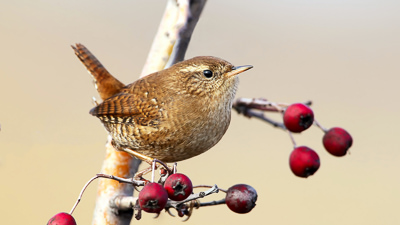
In the winter, when there are fewer insects about, Wrens will supplement their diet with berries, including juniper berries, and other vegetation.
How to Attract Wrens to My Garden
Like any birds, the best way to attract Wrens to your garden is to provide safe, comfortable, nesting facilities, food that they like to eat, and fresh water.
Because Wrens are cavity dwellers, as mentioned above, they will make their nests in open fronted nest boxes. These should be placed two to three metres above the ground to offer the best protection against predators. Try to place them among shrubs if you can as Wrens are also shy birds that like the protection of cover when feeding. If your garden is too open, you are unlikely to attract this enchanting little bird for long.
As a Wren’s diet consists mainly of insects and spiders, it is a good idea to leave leaf litter in parts of your garden so they can forage through it. Again, keep this under or close to shrubbery so the birds feel protected. Also, leave spider webs intact and other debris, such as decaying wood which can often be rich in insect life, should be left in place.
Leaving parts of your garden wild is great for all biodiversity, not just Wrens, but one way to supplement this is to plant berry bushes. In the winter, Wrens add berries into their diet to compensate for the lack of insects, so having some winter fruiting berry bushes will help attract them in the colder months. These will also serve to provide the protection they need.
As with all birds, always ensure a supply fresh water which should be replaced every day.

When it comes to feeding Wrens, there are a lot of blends to choose from. As they are ground feeders, they will love our Ground & Table Mix and our speciality blend, Robin & Songbird is also a favourite for Wrens. Our Premium Wild Bird Food, Superior Wild Bird Food, Selected Wild Bird Food, and our High Energy No Mess, are also well suited to the Wren’s diet and lifestyle, meaning when it comes to feeding these enchanting little bird, there are lots of options.
Because Wrens eat insects, they particularly like Dried Mealworms and Dried Calciworms, which will give them the insectivorous protein they need for muscle maintenance and repair, and individual item such as Peanut Granules, Selected Fat Balls and Suet Dumplings will give them all the energy they need to thrive and raise the next generation of this wonderful little garden visitor.
To view the whole range of foods which will help attract birds to your garden visit https://johnstonandjeff.co.uk/wild-birds-match-species-to-blends/ and click on the Wren option.
Our recent posts giving advice and guidance on wild birds
Starlings and one of nature’s finest spectacles
Reading Time: 8 minutes Despite being one of the most well-known garden birds in the UK, the Starling is actually one of the species we need to be the most concerned about? They are considered to be one of the fastest declining birds in the UK and have been cropping up on the UK Red List of Conservation Concern for more than 20 years now. In this article we take a look at that mesmerising phenomena that is murmuration, as well as their wider behaviour.
A Guide to British Wagtails
Reading Time: 9 minutes Wagtails are delightful little birds and are so called because they do just that – wag their tails frantically as they go about their business. In Great Britain, we have three native species – the Pied Wagtail, the Grey Wagtail, and the Yellow Wagtail, which is a summer migrant. In this blog, we take a look at each of them, to find out more about these charming and animated characters.
Drum Roll for the Woodpecker, One of the UK’s Best Loved Birds
Reading Time: 10 minutes One of the most intriguing and evocative sounds in British woodlands is the Woodpecker tapping on tree trunks. But is the UK home to any other varieties of Woodpecker and if so, do they drum? In this blog, we take a closer look at one of Britain’s best loved and most iconic birds and unveil the secrets of their unique behaviour.






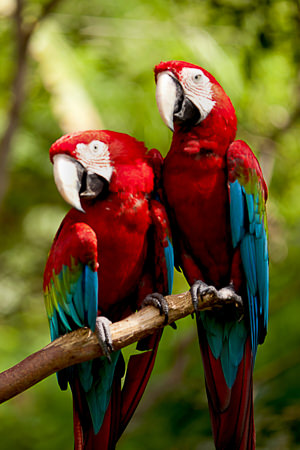
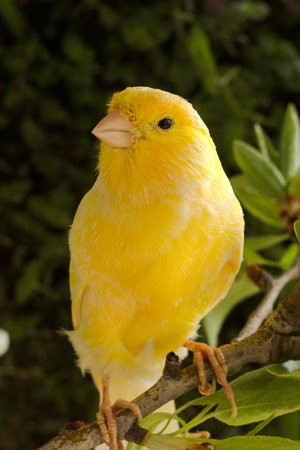

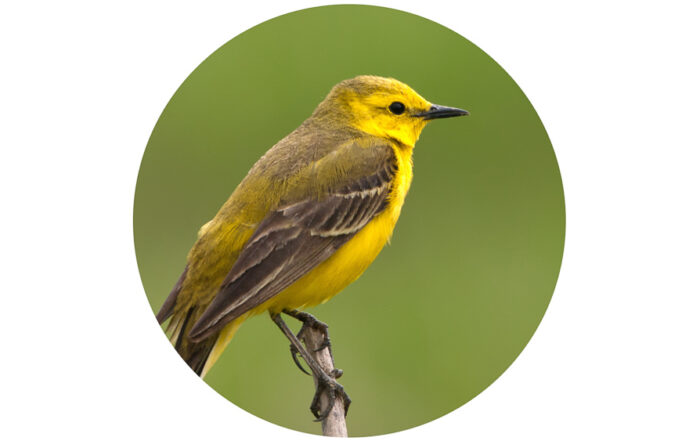
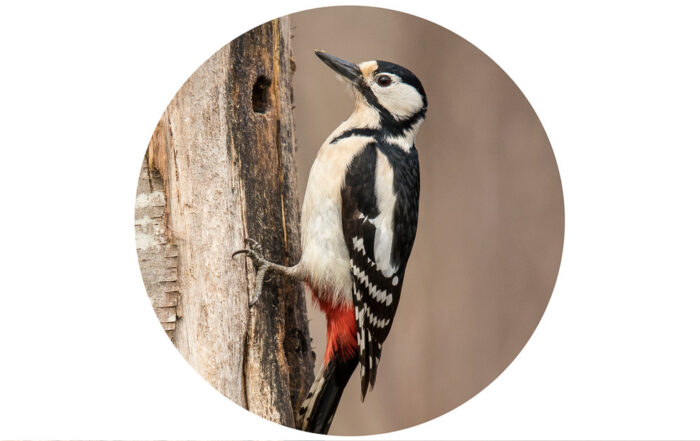
Leave A Comment